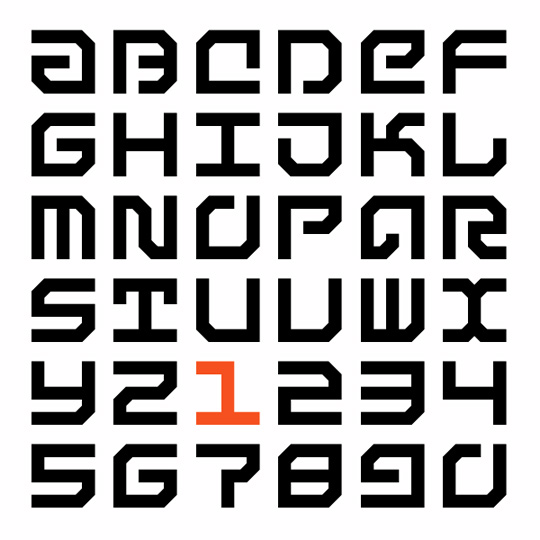Elli: New in EKS 1.31
Its quite critical to track what’s changing in the EKS landscape as new versions release. The latest in that batch is Elli, and on AWS dubbed as EKS 1.31. Since EKS does not provide too many nobs on the feature gates, it ia critical to understand all that’s new in the Kubernetes do not make it to EKS- only those are that are stable(also known as general availability) do make it there. As of this writing EKS 1.31 is already out, and there is plenty of literature already there to tell whats out. Then “why this one”, and the answer is, “just for my record”. So here we go, and the order denotes my understanding so far, or relevance to usage at my workplace.
Allow StatefulSet to control start replica ordinal numbering
Now there is a new section in the statefulset spec, called ordinals, which specifies which ordinal number to start number the statefulset pods from.
type StatefulSetOrdinals

